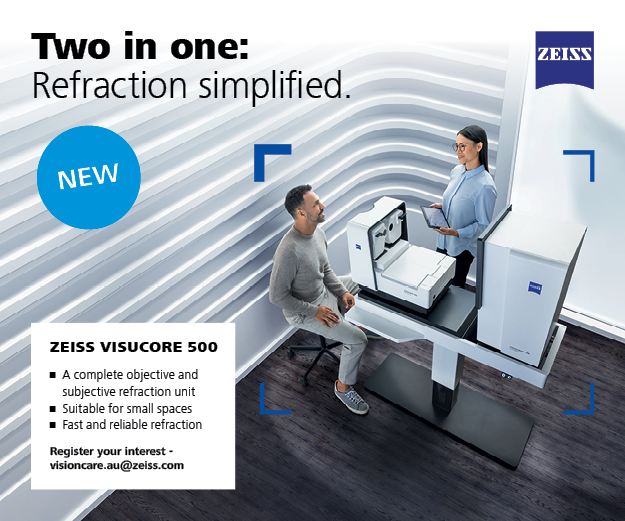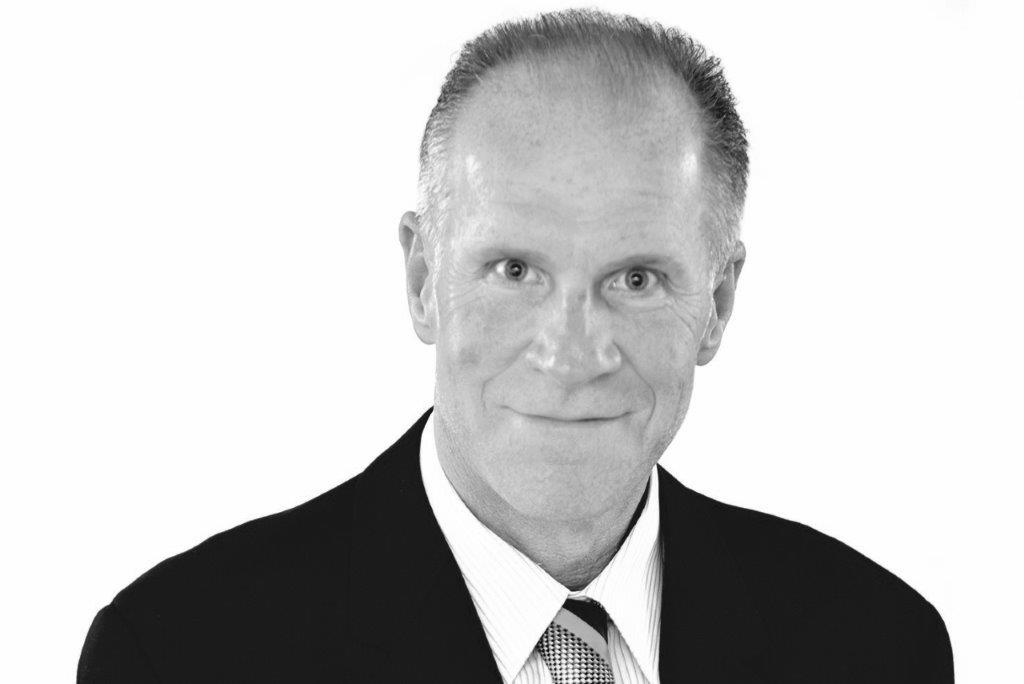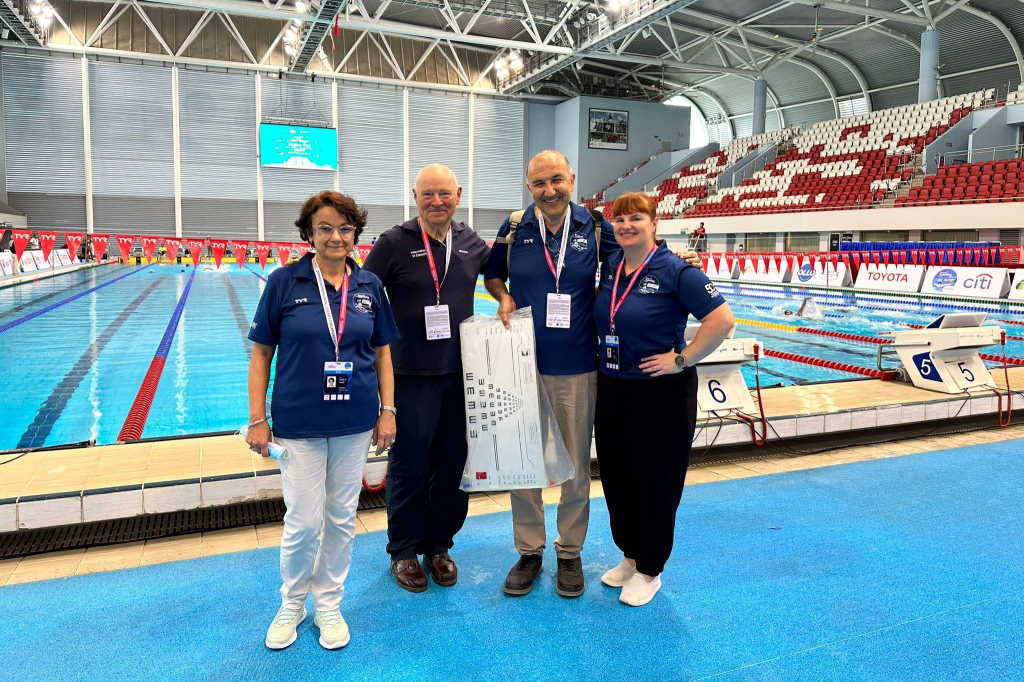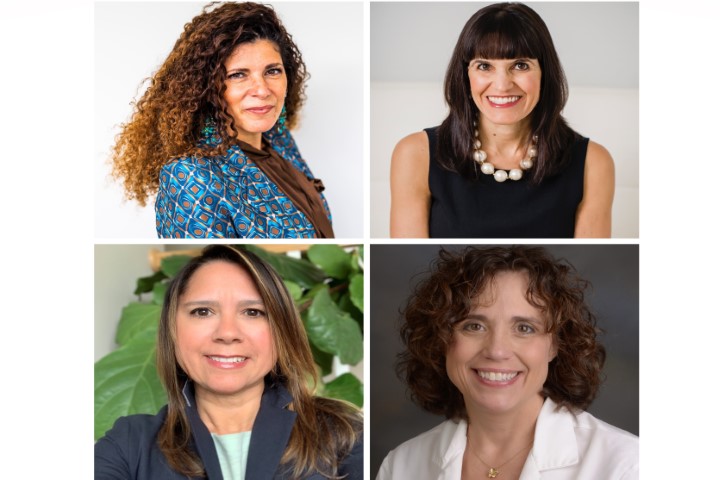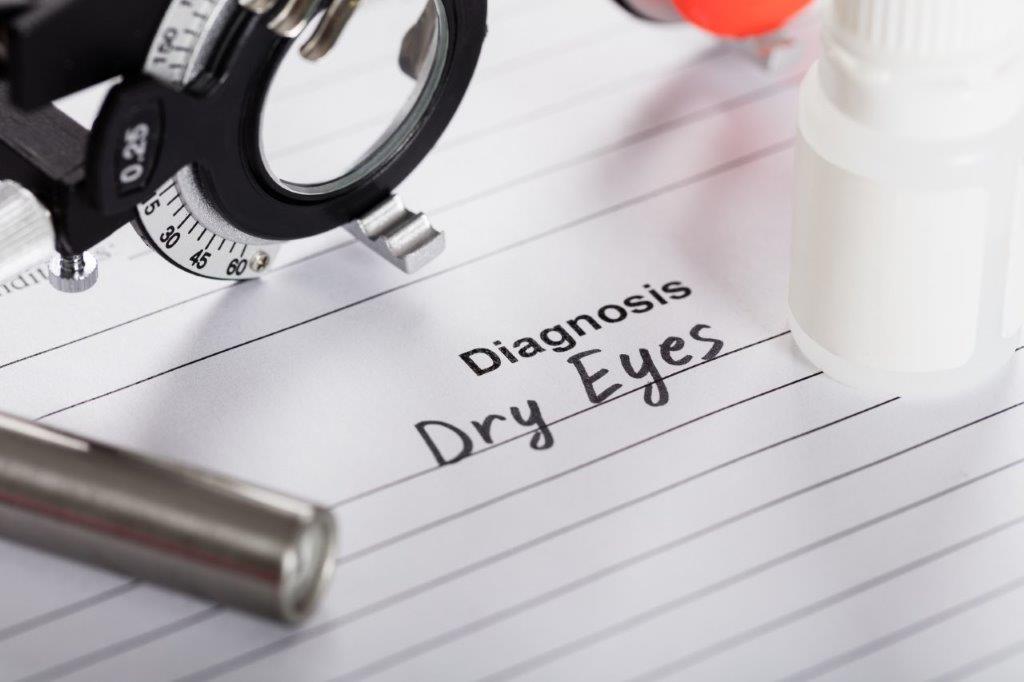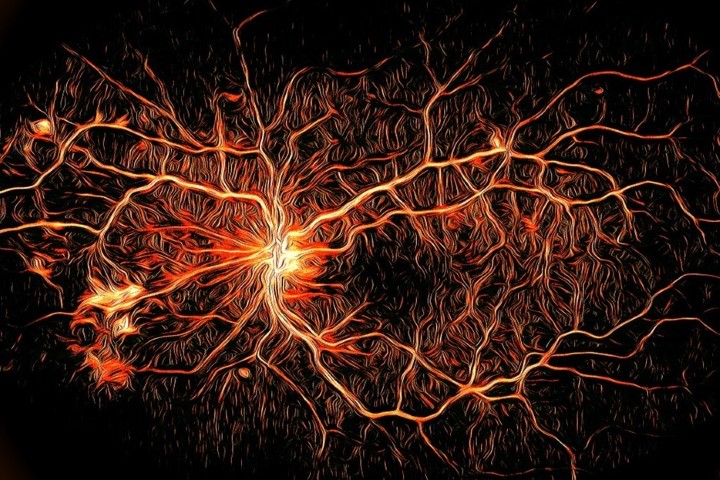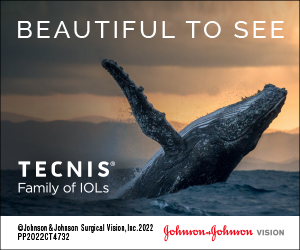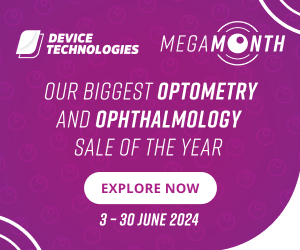Meet the … bio-engineer
Dr Ehsan Vaghefi is known by friends and family as ‘the eye guy’, a name given to him by his dad, who is also his inspiration. Jai Breitnauer discovers the man behind the research
Dr Ehsan Vaghefi is a quietly spoken, very private, but exceptionally passionate man. You get that from the handshake alone. His office, tucked into a quiet corner in the School of Optometry and Vision Science at the University of Auckland, is well-ordered and punctuated with personal photos – people are clearly important to him.
“My background is in bioengineering and I wanted to use a novel, bioengineering approach to working with degenerative eye diseases,” he explains, when asked about his research. “I began imaging the eye using different modalities during my PhD and became very passionate about this. It’s an area where there is little research.”
The central tenant underpinning Dr Vaghefi’s work is the idea of pre-diagnosis – that if you can find markers or model the behaviour of parts of the eye under certain conditions, you will be able to predict the likelihood of a patient developing a particular eye problem and ultimately prevent potential blindness.
“My dad went blind when he was five-years old,” explains Dr Vaghefi. “He had congenital glaucoma, an ultimately treatable disease that went undiagnosed. He’s a successful man in his own right, and a great dad – but my childhood was very different from my friends. While they were play fighting with their dads, I was helping mine with basic tasks like walking around. It drives me mad that his blindness was preventable.”
When Dr Vaghefi went to university, his parents – both lawyers – were surprised he chose bio-engineering. “I said, ‘I want to help people like you, Dad.’ I knew he was proud of me for wanting to make a difference in this area. He calls me ‘the eye guy’.”
After he finished his PhD, Dr Vaghefi says the school of Optometry and Vision Science was the natural place to go. He felt there was a lot to be done from a bio-engineering perspective. Clinicians, he says, are doing amazing work, but there is room for a fresh look at the eye. “We are seeing similar approaches for other systems in the body, like cardiovascular. Medicine in this area is predictive and preventative, but we can’t do this for vision right now.”
This is the idea behind Dr Vaghefi’s current research. Using up-to-the-minute MRI technology, using the University’s state-of-the-art MRI machine, Dr Vaghefi is imaging the blood flood in patient’s eyes to find predictive trends. “MRI has many benefits. It’s non-invasive and has no depth limitations, whereas most optical devices are limited to looking at the surface. MRI can be fine-tuned to image the same tissue in different ways looking at, for example, water content then oxygen content.”
Looking at blood flow is a new area of development, which has opened up MRI’s usefulness for the eye. “Currently, ophthalmologists use angiography to look at blood flow, but this has two problems,” explains Dr Vaghefi. “Firstly, you have to inject a tracer into the blood stream, which makes this treatment invasive and perhaps not suitable for all. Secondly, all you can see from this is one moment in the blood flow, where the tracer enters that tissue. So, for example, you can see if a leak is present, but you can’t see the quantity of the leak or the speed of the blood flow.”
Dr Vaghefi has designed a system that solves these problems. Using iron naturally present in the patient’s own red blood cells as a marker, he tags them using a neutral magnetic setup around the patient’s jaw bone area. The magnetic tag lasts for just a few seconds and doesn’t interfere with the patient at all, but it does allow Dr Vaghefi and his team to monitor the blood flow for a few seconds using the MRI machine, measuring the speed and quantity of the flow and getting a really good look at where that blood is, and isn’t, going in the eye. The full scan takes just seven minutes.
“It’s quite simple science really,” he says noting that the possibility was always there, it just needed a sensitive enough MRI machine and someone, like himself, to have the idea in the first place. “When people think of MRI, they always think of the brain. But there’s a lot of applications for MRI technology if you think broadly and from a bio-engineering perspective.”
So what’s the future for his research?
Its potential knows no bounds, says Dr Vaghefi. But for now the team are concentrating on developing a model for pre-diagnosis of age-related macular degeneration (AMD) and have applied for an HRC grant on the back of a successful pilot study to run a bigger clinical study on people newly-diagnosed with AMD and the later stages of AMD. This study will look at blood flow patterns to see what the early warning signs of AMD could be and also what the blood flow looks like in later stages when patients are receiving treatment and will run for more than three years.
“It’s very exciting,” says Dr Vaghefi, who is aiming to launch the research trial later this year. “I believe the outcome of this trial will be informative and unique. As far as I know, we are the only research group in the world who has this perspective on AMD. We are aiming to get in a couple of steps before vision starts to degrade and if we can spot AMD here then maybe we can prevent it.”
This pre-diagnosis would involve a simple scan of people with certain risk factors and allow ophthalmologists to prescribe preventative lifestyle changes and medication before AMD damage has set in. The research will also look at the relationship between AMD progression, treatment and blood flow, giving medical practitioners the ability to fine tune the way they prescribe and treat patients suffering AMD related vision loss.
The same technology can be applied to other vision damaging conditions as well, Dr Vasghefi adds. “Imagine going to a clinic and being told a couple of years beforehand that you were at risk of losing your sight for some reason and then being told what you can do now to prevent that from becoming a reality rather than just what they will do once the symptoms set in. If you can predict you can prevent. Predicting pathologies is my big drive. Preventing eye disease, not just managing it, is the next big thing.”





